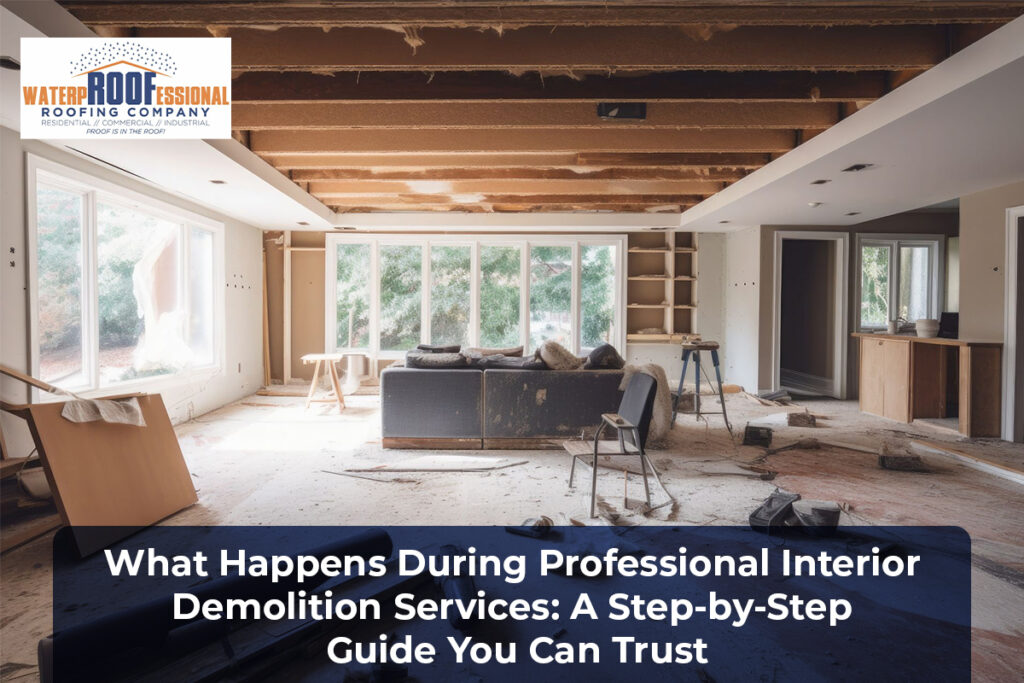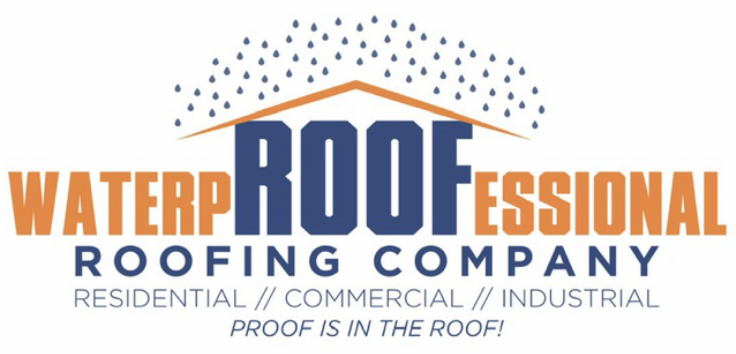If you’re planning to renovate your home or upgrade a commercial property, you’ve probably heard the term interior demolition tossed around. But what exactly happens during interior demolition services—and why is it so crucial to your remodeling project’s success?
In simple terms, interior demolition is the careful removal of interior structures like walls, ceilings, flooring, cabinets, and even plumbing or electrical systems, while leaving the outer structure of the building intact. It’s less about wrecking balls and more about precision, safety, and preparation.

This guide walks you through every step of a professional interior demolition job, what tools are used, the difference between residential and commercial jobs, and how much it typically costs. So, whether you’re hiring an interior demolition contractor or just curious about how the process works, read on.
Why Interior Demolition Matters in Every Renovation
When you’re starting fresh with a remodel, clearing out the old is step one. And not just tossing things out—you need to do it safely and systematically. That’s where interior demolition services come in.
For example, you can’t install new flooring, rewire your lighting, or put in brand-new cabinets without first removing what’s currently in the way. Whether it’s a dated kitchen layout or office cubicles from the 90s, clearing out the clutter makes space for everything new.
Plus, when done professionally, demolition helps avoid accidental damage to important structural elements or utility systems—saving you time, money, and frustration.
What Happens During an Interior Demolition Project?
Here’s a detailed breakdown of what you can expect during a professional interior demolition project from start to finish:
1. Site Inspection & Planning
First, a licensed contractor visits your site to assess what needs to go and what must stay. This inspection helps identify load-bearing walls, plumbing lines, electrical systems, and any hidden hazards like asbestos or mold.
2. Obtaining Permits (If Needed)
Depending on the local code and size of the job, your contractor may need to apply for city permits. This step ensures everything is done by the book and up to code.
3. Prepping the Area
Safety first! The crew will seal off the demolition area using plastic sheets, dust barriers, and floor protectors. They’ll also shut off utilities—gas, electricity, or water—if necessary.
4. Selective Demolition
This is the heart of the job. Using hand tools and small machinery, the crew removes specific elements like drywall, old flooring, countertops, non-load-bearing walls, and outdated fixtures. This process is often called selective demolition because it focuses on targeted areas.
5. Debris Removal
All debris is hauled away responsibly. Some materials, like wood and metal, may even be recycled. A thorough cleanup ensures a safe and smooth handoff for the next phase of construction or remodeling.
Residential vs. Commercial Interior Demolition
Both residential and commercial demolition services follow similar principles, but there are key differences in scale, tools, and timelines.
Residential Interior Demolition
This typically includes kitchens, bathrooms, basements, and garages. Projects are smaller in scale and often completed in a few days. Most contractors use hand tools and compact power tools to keep noise and disruption minimal.
Commercial Interior Demolition
This covers office buildings, retail stores, or warehouses. It often requires working after hours, using large equipment, and managing strict timelines to avoid disrupting daily operations.
Regardless of scale, a reputable interior demolition contractor ensures the job is done safely and efficiently. For example, Waterproofessional offers both residential and commercial services throughout the Champaign area.
Tools and Equipment Used in Interior Demolition
Interior demolition isn’t about brute force—it’s about smart, strategic work using the right equipment:
- Sledgehammers & Crowbars – for wall and ceiling tear-downs
- Reciprocating Saws – for cutting through wood and pipes
- Floor Scrapers – for removing tile, carpet, or laminate
- HEPA Vacuums & Dust Barriers – for clean, healthy air
- Skid Steers or Dump Trailers – for debris removal in large commercial jobs
Professional teams also come equipped with protective gear—think gloves, masks, safety goggles, and steel-toe boots—ensuring a safe work environment from start to finish.
Want a quote that fits your needs? Reach out to a local expert like Waterproofessional for accurate, transparent pricing.
Environmental & Safety Considerations
Gone are the days of mindless demo and dump. Today, top interior demolition contractors prioritize environmental responsibility:
- Recycling metal, wood, and fixtures
- Safely handling hazardous materials like lead or asbestos.
- Minimizing dust and noise in residential neighborhoods
Good contractors also follow OSHA safety standards and keep their crews up to date on the latest training.
When Should You Hire an Interior Demolition Contractor?
Here are a few signs it’s time to call in the pros:
- You’re doing a full remodel that requires floor-to-ceiling changes.
- You’re unsure whether certain walls are load-bearing.
- You need demolition work completed on a tight deadline.
- You want to avoid damaging the plumbing or electrical system.
- You’re renovating a commercial space and must meet regulatory standards.
Whether you’re prepping for new floors, a kitchen revamp, or even a full property overhaul, professional demolition is the safest and smartest first step.
And yes, you can bundle demolition services with floor repair or even complete site clean-outs.
Wrapping Up: Ready to Clear the Way for a Fresh Start?
Interior demolition is the foundation for any great remodel. When done right, it saves time, protects your investment, and ensures a clean canvas for construction or redesign.
If you’re in or near Champaign, consider working with professionals who combine experience with care. Waterproofessional offers top-rated interior demolition services along with roofing and remodeling options that make your dream space possible.
Let the transformation begin—safely, smartly, and stress-free.
FAQs About Interior Demolition Services
Q1: How long does an average interior demolition take?
Most residential jobs take 2–5 days, while commercial projects can range from one week to several weeks, depending on the scope.
Q2: Do I need to vacate my home during demolition?
For minor projects, staying is okay. For larger or dusty jobs, it’s safer to relocate temporarily.
Q3: Can I do interior demolition myself?
While small DIY tasks are fine, larger jobs should always be handled by licensed contractors due to safety and code compliance.
Q4: What is selective demolition?
It’s the targeted removal of specific parts of a structure, like a single room or ceiling, without affecting the rest of the building.
Q5: Are demolition costs covered by insurance?
Usually not, unless tied to covered damage like fire or flooding. Always check with your insurer.


